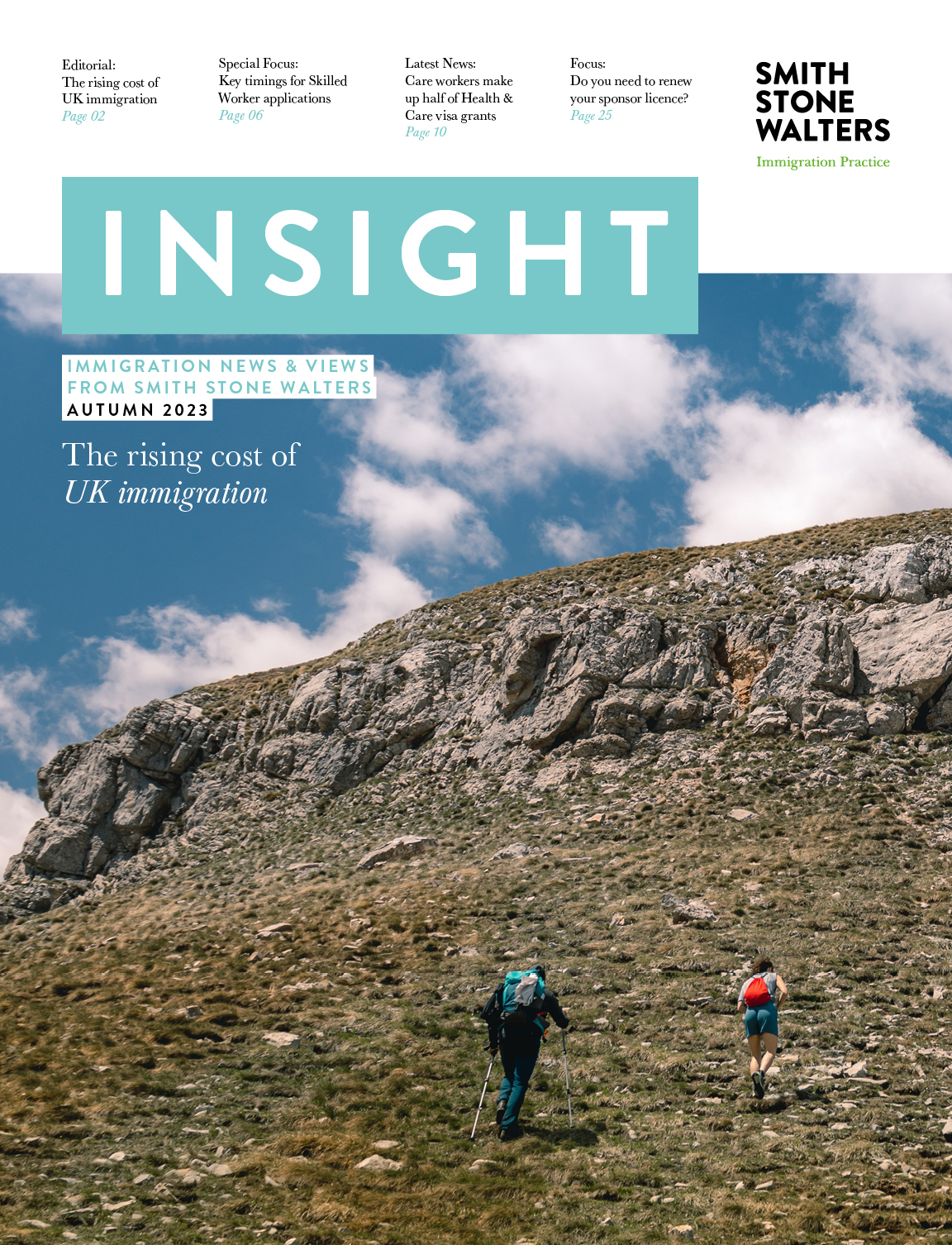Latest migration statistics: record numbers arrive
Net migration
This is the figure that is left after deducting those who left the country (351,000) from those who have moved here (625,000) in the year to June 2018.
The net migration figure for this recording period is 273,000.
This is still much higher than the PM’s stated ‘tens of thousands’ target that was first set back in 2010, when she was Home Secretary.
The ‘Brexodus’ has continued, with fewer citizens from European countries choosing to move here than in any year since 2012. However, migrants arriving from non-EU countries increased to their highest level since 2004.
Jay Lindop, Director of the Centre for International Migration, Office for National Statistics, said:
‘Net migration continues to add to the population and has remained fairly stable since its peak in 2016, with around 270,000 more people coming to the UK than leaving in the year ending June 2018.’
You can read more from the ONS here.
The rest of the statistics below relate to the year ending September 2018 and have been collated from passenger surveys as well as Home Office data.
Arrivals
There were 140.9 million passenger arrivals in this time period. This includes returning UK residents, an increase of 4.6 million, or three per cent from the previous year and also the highest amount ever recorded.
Two-thirds of these were British and European; the rest were from other countries.
Visitors
More than two million visas were granted. The vast majority (86 per cent) were for visitors, with eight percent for study and six per cent for work. These figures are part of a decade-long trend upwards.
People from China and India accounted for just under half of all those granted visit visas.
Workers
Over 171,000 work-related visas were issued. This is five per cent more than the previous year, and the highest level since the introduction of the points-based system in 2009.
It is thought that the increase is due to a rise in the number of Tier 2 (skilled) work visas being granted. Of these Tier 2 visas, 55 per cent were awarded to Indian nationals.
Employers issued more than 56,00 certificates of sponsorship during this recording period. The biggest increase was in human health and social work sectors, which is most likely to be related to the removal of doctors and nurses from the migrant cap last Summer.
Students
Again, this is the highest level recorded since 2011 with more than 239,000 people being granted a Tier 4 (sponsored study) visa, an increase of seven per cent on the previous year.
As was the case with visitor visas, half of those awarded Tier 4 study visas were nationals from China and India. The majority of all sponsored visa applications (85 per cent) came from the higher education/university sector.
Family
Pakistani and Indian nationals made up a significant number of those who were successful in being granted visas for family reasons in the past 12 months. Over all, there were a 14 per cent rise in the amount of family visas issued.
After a fall in 2016 and 2017, more European family permits were awarded. This is due in part to an increase in grants for EU family permits for Indian nationals.
Settlement
Nearly double the amount of decisions were made from the previous year – 91,000 – with most people being successful in gaining settlement.
People from the EU
After a sharp increase immediately after the referendum, there has been a marked reduction in the number of registration certificates and card issued to people from countries in Europe. The trend is downward but the number – 102,000 – still remains higher than levels before the EU referendum.
Citizenship
There were eight per cent more requests for British citizenship than in the previous year, with 148,737 applications. Of those, EU nationals accounted for nearly a third, compared with 11 per cent immediately after the Brexit referendum. The amount of applications from non-EU nationals stayed roughly the same.










